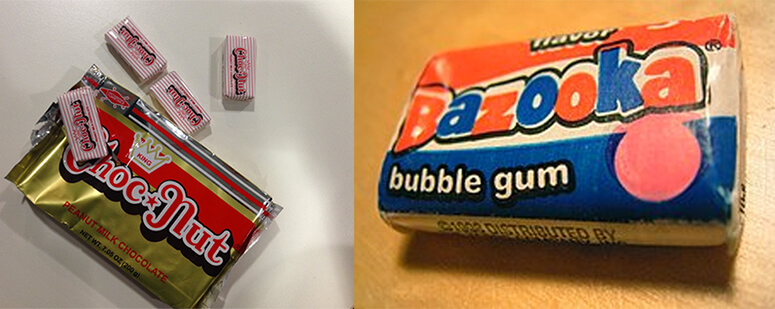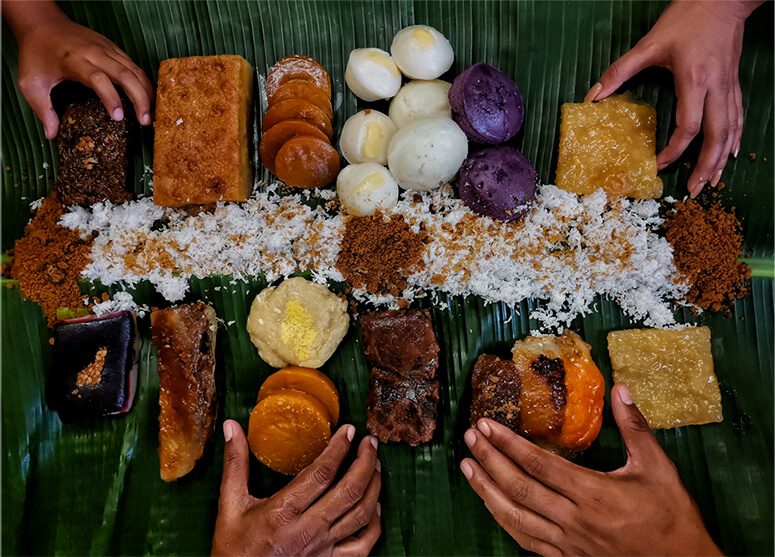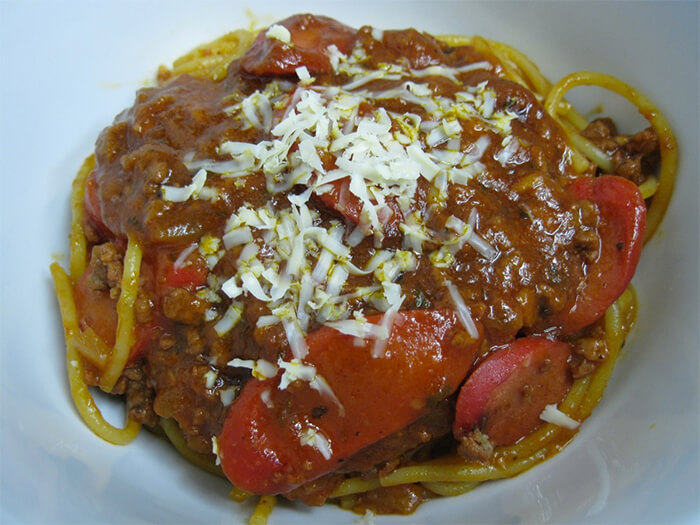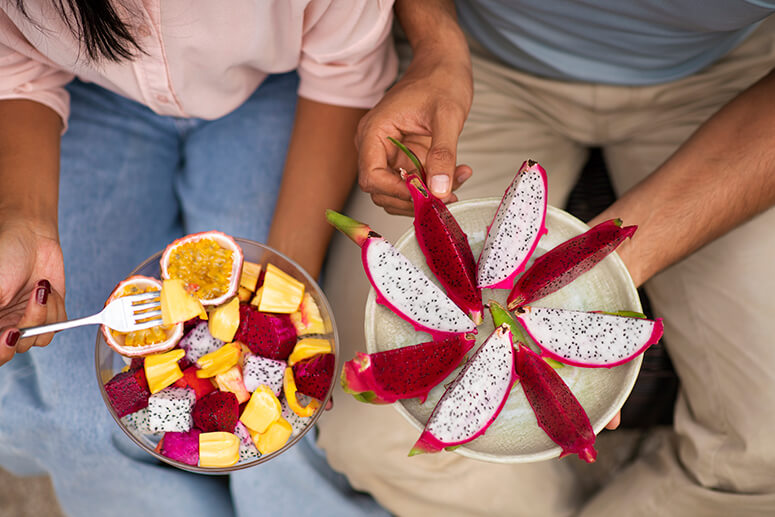(Sugar) Rush hour
I finally tasted a popular halo-halo brand and wondered what the hype’s all about. After all, how can one halo-halo differ from another? We know what’s in every glass or bowl—a colorful assembly of ingredients, finely shaved ice, and evaporated or coconut milk—but choose to ignore what makes it addictive: sugar.
Despite studies finding that sugar neither affects mood nor induces hyperactivity in children, I believe few things evoke comfort, nostalgia, or delight as immediately as something sweet. From Choc-Nut and Bazooka gum to giant Kisses and Ferrero Rocher in heart-shaped boxes, the saccharine side of life has long symbolized joy, love, and celebration.
But like Anakin Skywalker, every sugary bite has a dark side lurking within that may pose health risks, like diabetes and obesity. Yet—perfect health be damned—more and more people across generations continue to cultivate a bond with sweets.

We have even given the word “sweet” such positive meanings: endearment (sweetheart), mood (That’s so sweet of you!), flavor (alongside salty, sour, bitter, and umami), or seal of approval (Sweet!).
More than anything, we’ve equated sweets with love; just look at Valentine’s Day, where tons of candies and chocolates are devoured, in the US alone. In Korea and Japan—where women give chocolates to men, and then wait a month for White Day, when (ideally) they receive reciprocal sweet gestures—romance may be the motivation, but, just like in the West, the big winner is the confectionery industry.
And because of this connection with love, “sweet” has burrowed into pop culture.
Hollywood has churned out more movies that use “sweet” in their title than I can count, including Sweet Dreams, The Sweetest Thing, and How Sweet It Is!
There’s the Sweet Dreams teen romance series that saw a surge in demand in the ‘80s and only faded into the ether around the time J.K. Rowling turned the concept of sweet into an Every Flavour jelly bean.
Eurythmics found out that Sweet Dreams (Are Made of This), i.e., mining human desire and the pursuit of happiness. Swifties sing Sweet Nothing with America’s Sweetheart while members of the Blue Army scream Sweet Emotion with Steven Tyler. Lynyrd Skynyrd fans start nodding their heads the moment they hear the opening guitar riff of Sweet Home Alabama, and The Sweetest Taboo reminds kids of the ‘80s about some forbidden love.

Even government contracts benefit from romance, with sweetheart deals made so advantageous (except to the taxpayers) you’d swear Cupid himself had brokered them himself.
The race for sugar rush also goes into high gear during the miserable winter season in temperate countries. Chocolates, especially, are believed to reduce seasonal depression. The cold weather that begins with autumn—and signals the sinful holidays of Halloween, Thanksgiving, Christmas, and New Year’s Day—seems to activate an ancient and dormant instinct to store body fat for hibernation, which is really just a convenient excuse to binge on chocolate treats, caramel apples, pumpkin pie, yam, cookies, pudding, candy canes, and hot cocoa, complementing the festive turkey, ham, and meatloaf.

So what’s our excuse in our tropical rainforest, where a toasty 28 degrees is the average temperature? Can Filipinos eschew the sugar for something bland and mild?
The ugly truth lies in our fabled cuisine, including our beloved desserts and, curiously, spaghetti.

Filipino spaghetti, often a cultural shock to unsuspecting foreigners, is unapologetically sweet because of its main ingredient: banana ketchup. This Frankenstein condiment is as original as our lechon sauce, and Pinoys everywhere love it—unconditionally—which is probably one of the reasons why Jollibee is conquering the world, one OFW-populated city or country at a time.
As with all wonderful things, moderation is key. Too much of a good thing may be lovely — until your blood sugar hits 300 and Metformin becomes your BFF.
According to the World Health Organization, the average daily sugar consumption of Filipinos is 22 teaspoons, more than double the recommended limit. No surprise then that the Philippines ranks among the countries with the highest rates of diabetes in Southeast Asia. A clinical study published by Elsevier in 2024 concluded that one of 14 Filipino adults has diabetes, with millions more undiagnosed. Pediatric cases have also been rising, with children developing Type 2 diabetes at alarmingly younger ages.

This is attributed to an unhealthy lifestyle, coupled with lack of information on the different forms that sugar assumes. The sugar in sweet desserts, snacks, and drinks is obvious, but there’s the sneaky kind in carbohydrates that’s in the regular Filipino diet: white rice, breads, and noodles, sometimes a combination of all three. As a result, a seemingly innocuous breakfast lauriat of prawn crackers, fried rice, sweet and sour pork, pancit canton, and buchi, with iced tea or orange juice, might as well be labeled “Glycemic Overload Combo.”
To be fair, our government did try to address this issue way back in 1993, when former President Fidel V. Ramos issued Proclamation No. 213, designating the last week of July as Diabetes Awareness Week. But while mindfulness is a noble start, it doesn’t necessarily lead to behavioral modification. No matter how many infographics circulate about sugar’s pernicious effects, one whiff of the pancit palabok and baked macaroni at the nearby carinderia is enough to demolish a diet plan faster than you can say pichi-pichi.

Of course, we’re not here to demonize sugar entirely. There’s a reason sweetness has charmed our species for millennia. It signals ripeness in fruit, abundance in nature and, as proven time and again, emotional closeness. Sweetness is the first taste we encounter when we have our mama’s milk, which is naturally sweet because of lactose, and it’s hardwired into our brains as safe and nurturing.
Still, as with all wonderful things, moderation is key. Too much of a good thing may be lovely—until your blood sugar hits 300 and Metformin becomes your BFF.

So the next time you go on a date with your sweetheart or honey, maybe start with a salad and end with a fruit dessert—both shared—then take a leisurely walk, hand-in-hand, instead of cleansing your palate with a venti Caramel Frappuccino.
Because while I agree with Forrest Gump’s mom that life is like a box of chocolates and you never know what you’re gonna get, it’s probably wise to check the nutrition label first.


